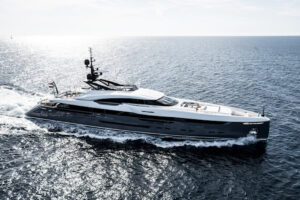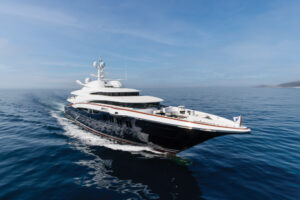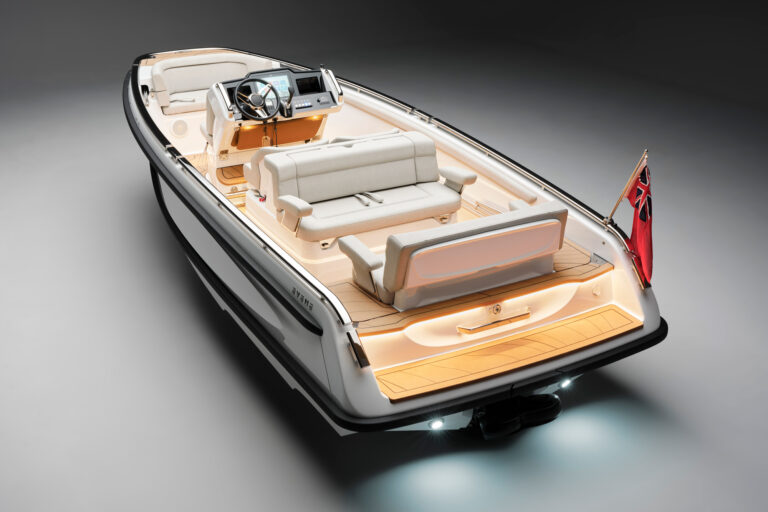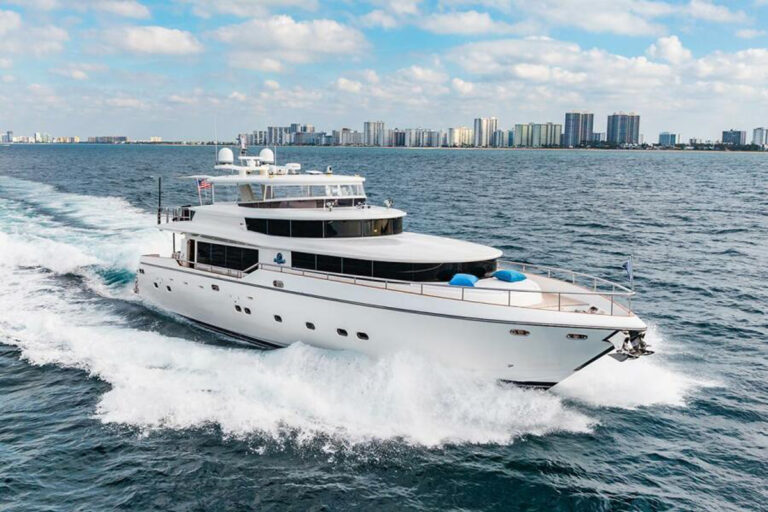Heat beat down through the companionway as we bled the tired engine for the fifth time in 24 hours. Barely into our five-day Caribbean cruise from St. Thomas to Antigua, we were in a horrendous mechanical situation. We had cast sound judgment aside and ignored basic planning and mechanical checks in our rush to get from plane to boat.
Whether you are crossing an ocean or cruising your home waters for a long weekend, a complete walk-through of your boat and her systems is vital. Especially when you captain your own ship, relying solely on someone else to prepare your yacht will create major onboard issues, as we learned while afloat in the Caribbean.
In my case, a proper walk-through actually began a month before leaving to pick up my friend’s boat in St. Thomas. I sent him key questions about the boat and requested that specific work be completed. Because of the boat’s impressive schedule of two Atlantic crossings in less than a year, I knew mechanical attention, such as changing the oil and fuel filters, would be required.
Although I made attempts to get feedback, I didn’t receive any until a crew member handed me a tattered copy of my fax on the plane. The margins contained handwritten scribbles providing no discernable information. Although his response fell short of my expectations, I rationalized that surely my friend would not place his boat, or us, in jeopardy.
A day later, when the engine came to a sputtering stop followed by a harsh cough while 25 knots of wind slammed the bow, I grasped with blinding clarity that it would have been prudent to have thoroughly checked the systems myself before heading into the blustery Caribbean Sea. An extensive check of the boat’s fuel system-usually an easy process-would have shown the fuel filter contained some sort of Biosphere experiment. The fuel line from the tank was completely clogged.
Had we turned on the autopilot and GPS in St. Thomas and waited for the GPS to show our position, we wouldn’t have been surprised when the autopilot later quit and the GPS showed us about 1,000 miles off course.
Once we could no longer run the engine, we couldn’t charge the batteries and they drained quickly, although the battery indicator had showed a strong charge when we left. Had I exposed the wet cell batteries before leaving and viewed the corrosion around the terminals and lack of water in the cells, we would have known that regardless of charge, the battery was in bad shape and we could have addressed the problem.
Today, even after picking up a boat fresh from the yard, I go through every system again, ensuring the yard completed the item, no matter how well I know the yard. I also have the service manager present while I crawl through the boat. This is not to catch him in an act of poor workmanship. The good ones will usually verbalize a few more items they saw, or explain why they did what they did.
I also print my mental checklist and keep it in my seabag. It includes a review of items such as fuel filters, oil filters, engine belts, batteries and safety gear. I review it before departing for anything longer than a sunset cruise.









